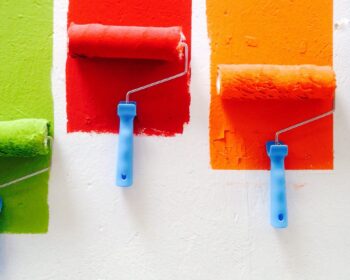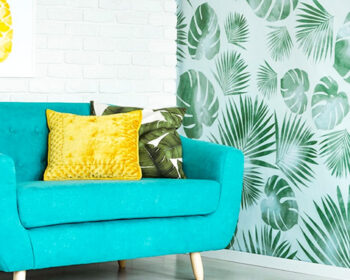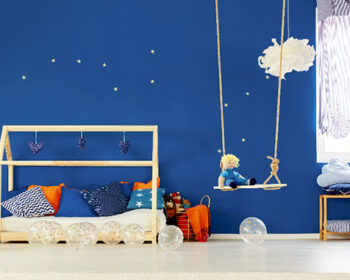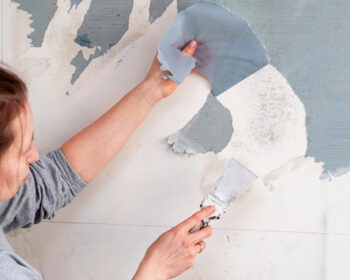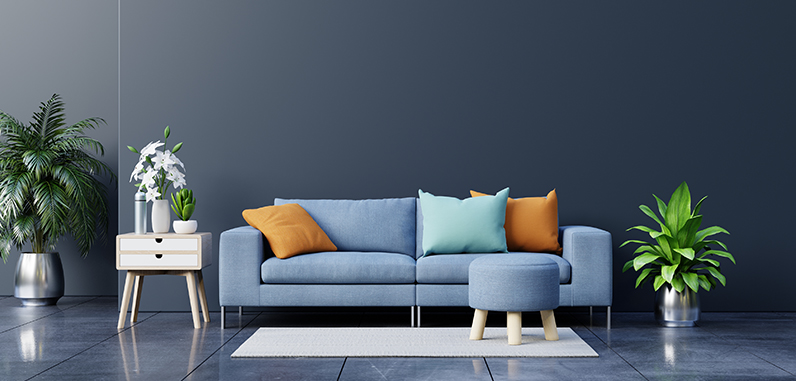
How to Keep a Cohesive Colour Flow in Your Home
For some people cohesive colour scheme is an important aspect when painting their house. But it might seem a little challenging or tricky to do. We have gathered some tips from professional residential painter Melbourne for you to consider for cohesion in your living space.
Before we start, keep in mind that we all have our own unique colour preference that varies as much as our unique personalities. Some people like neutrals such as beige, light gray or white while some other love being surrounded by bright and bold shades. The good news is there really is no“correct” palette but there are some basic guidelines you can follow no matter what your colour scheme.
Pay attention
Consistent paint shade on the walls that connect spaces is one easy way to create a cohesive fee. It is wise to choose one shade as your dominant colour because Most of homes have an open floor plan. Stand at your front door and observe your interiors closely. Let your eyes take a tour of your home from where you are standing. Create a visual flow from where you stand to every rooms in your house.
Keep in mind to observe the style and size of your home too. Each style and size lead to different flow. Grab pen and paper and note down which rooms are visible to each other to make sure the cohesive flow of colour.
Colour scheme is key
Correct colour scheme is crucial in creating a cohesive living space. Every room connected through a consistence colour story. You can get creative and try some variation with regards to the amount of colour and the items in a particular hue in each space for some fun. Choose a combination that works for you and the theme of your home.
Use the 60-30-10 formula
60-30-10 formula is an alternative way to create a cohesive flow from room to room. Use a base shade that you really like as 60% to 70% of what you are going to paint for your home interiors, and your next shade needs to be 30%. Reserve 10% for accents.
In simpler way, choose one shade be your primary shade. The secondary shade should make up less than 50% and the tertiary shade should make up about 25% or less. If you have one or two more accent hues, these should be used sparingly as they are accent hues.
Save the boldest and edgiest colours to closed rooms
If you have any room enclosed by four walls, use them as experimental place to explore more colours. Because they are out of sight so, they won’t mess your primary colour scheme. That little laundry room in your house can be a bright red or a cheery yellow to wash away your blues.

